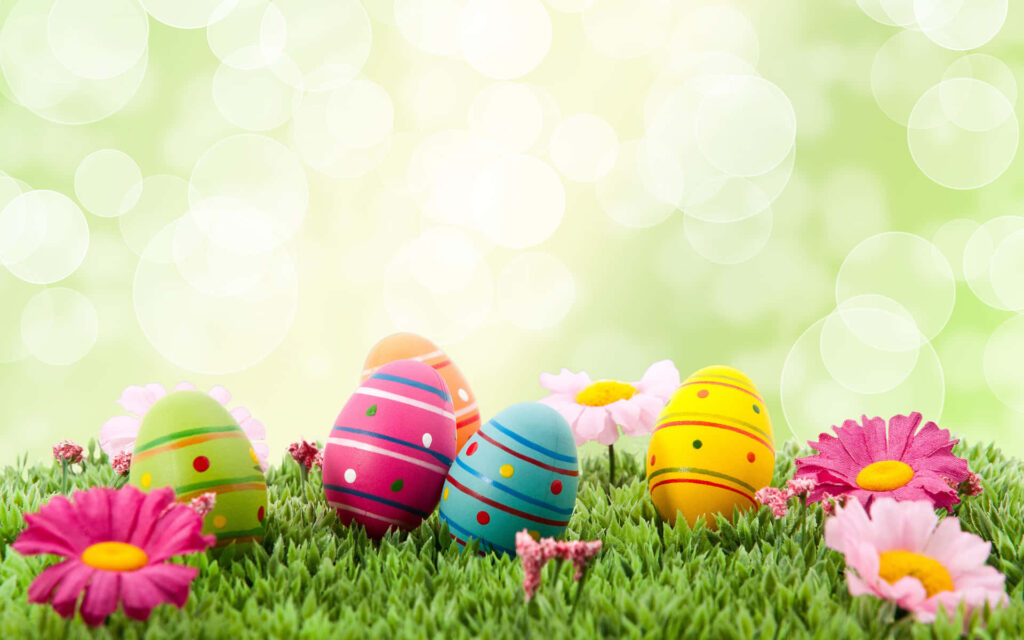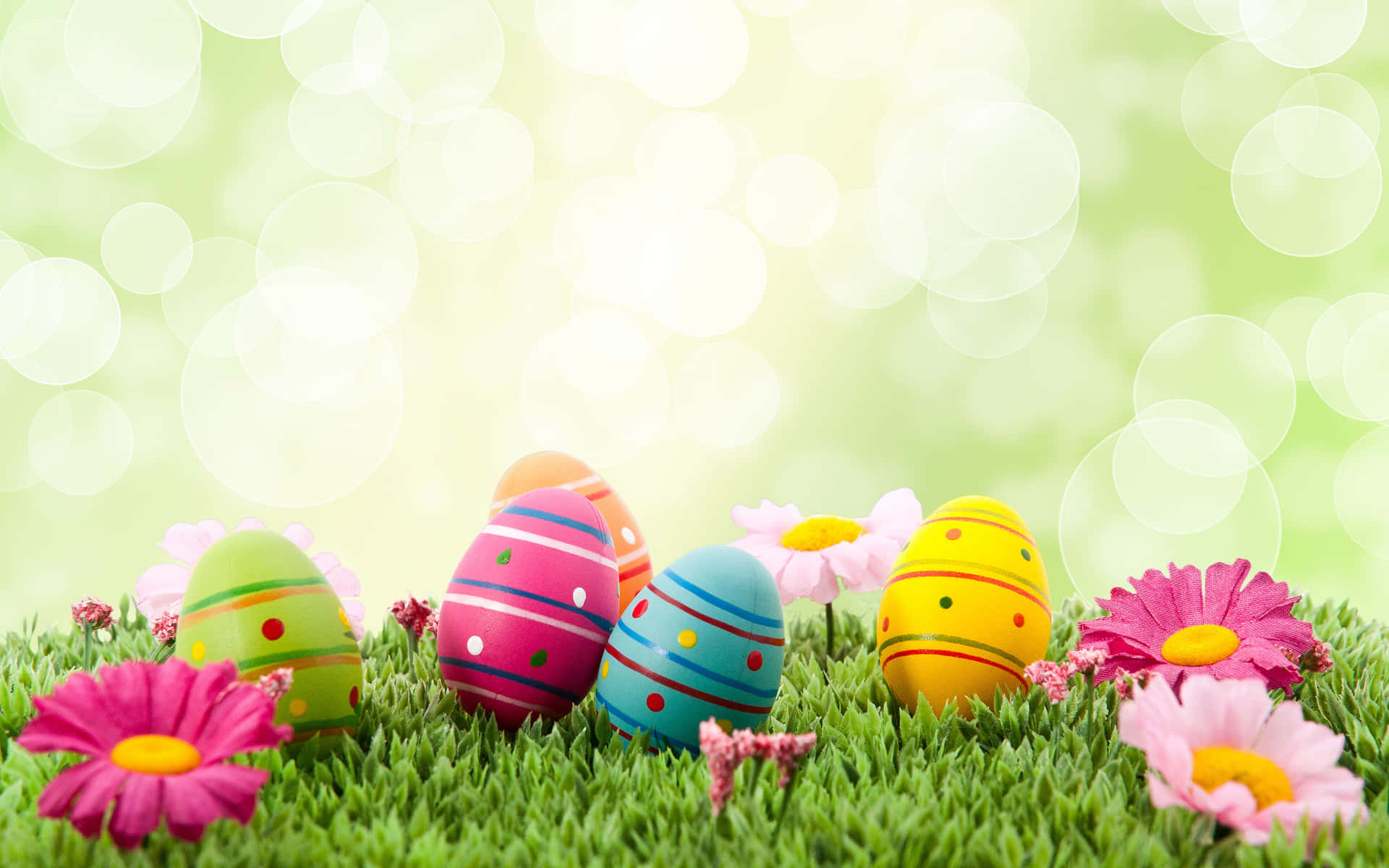
Celebrating Easter: Traditions, History, and Modern Observances
Easter, a cornerstone of the Christian faith, is a holiday rich in tradition, history, and evolving modern observances. More than just bunnies and egg hunts, celebrating Easter delves into themes of renewal, hope, and the resurrection of Jesus Christ. This article will explore the historical roots of Easter, its diverse customs around the world, and how it’s celebrated today, providing a comprehensive understanding of this significant holiday. We’ll examine the religious significance, the secular traditions, and the overall cultural impact of celebrating Easter.
The Religious Significance of Easter
At its core, Easter is a religious festival commemorating the resurrection of Jesus Christ from the dead, described in the New Testament as having occurred on the third day after his burial following his crucifixion by the Romans at Calvary c. 30 AD. It is the culmination of the Passion of Christ, preceded by Lent (a 40-day period of fasting, prayer, and penance), Holy Week, and Good Friday. The resurrection represents the victory of Jesus over death and sin, offering believers the promise of eternal life. The theological implications of celebrating Easter are profound, shaping the beliefs and practices of millions of Christians worldwide.
The Gospels provide the primary accounts of the resurrection. According to these texts, after Jesus was crucified, his body was placed in a tomb. On the Sunday following his crucifixion, several women visited the tomb and found it empty. They were then visited by angels who told them that Jesus had risen. Later, Jesus appeared to his disciples, proving his resurrection and commissioning them to spread the Gospel.
Historical Roots and Evolution
The origins of Easter are complex, blending Christian beliefs with pre-Christian pagan traditions. The name “Easter” itself is believed to be derived from Eostre, the Anglo-Saxon goddess of spring and fertility. Many of the symbols associated with Easter, such as eggs and rabbits, also have pagan origins, representing new life and renewal. Over time, these pagan symbols were integrated into Christian celebrations, creating the unique blend of religious and secular traditions that characterize celebrating Easter today. [See also: The History of Easter Eggs].
The early Church initially celebrated Easter as part of Passover, but disagreements arose over the date of the celebration. In the 4th century, the Council of Nicaea established a formula for determining the date of Easter: it would be observed on the first Sunday after the first full moon following the spring equinox. This formula ensures that Easter falls between March 22 and April 25 each year. This standardization helped to unify the Christian world in celebrating Easter.
Global Easter Traditions
While the core religious meaning of Easter remains consistent, the ways in which it is celebrated vary widely across different cultures and countries. These traditions often reflect local customs, folklore, and historical influences.
Easter in the United States
In the United States, celebrating Easter often involves church services, family gatherings, Easter egg hunts, and the Easter Bunny. Children eagerly anticipate finding colorful eggs filled with candy or small toys. Easter parades, featuring elaborate costumes and floats, are also a popular tradition in some cities. Easter brunch is a common meal, often featuring ham, quiche, or other springtime dishes.
Easter in Europe
European Easter traditions are incredibly diverse. In some countries, such as Germany and Austria, Easter fires are lit on the eve of Easter Sunday, symbolizing the burning away of winter and the welcoming of spring. In Greece, the main Easter meal is often lamb, symbolizing the Lamb of God. In Italy, Easter is a major religious holiday, with processions and special church services. Scandinavian countries often incorporate elements of Norse mythology into their Easter celebrations. The diversity in how people are celebrating Easter in Europe is fascinating.
Easter in Latin America
In Latin America, Easter, or Semana Santa (Holy Week), is a deeply religious observance. Elaborate processions, reenactments of the Passion of Christ, and solemn church services are common. In some countries, such as Mexico and Guatemala, intricate carpets made of colored sawdust and flowers are created for the processions to pass over. The focus is on the religious aspects of celebrating Easter.
Modern Observances and Secular Traditions
In addition to the religious and cultural traditions, celebrating Easter also involves a range of secular customs and commercial activities. The Easter Bunny, a mythical rabbit who delivers eggs and treats to children, is a popular figure. Easter egg hunts, where children search for hidden eggs, are a beloved activity. Easter baskets, filled with candy, toys, and other goodies, are a common gift.
The commercial aspect of Easter has grown significantly in recent years, with retailers offering a wide range of Easter-themed products, from chocolate eggs and candy to decorations and clothing. This commercialization has led to some debate about the true meaning of Easter, with some critics arguing that it has become too focused on consumerism. However, many people still find ways to incorporate the religious and cultural traditions of Easter into their celebrating, even amidst the commercial hype. [See also: The Easter Bunny: Origin and Evolution].
The Symbolism of Easter Eggs
Eggs have long been a symbol of new life and rebirth, and their association with Easter dates back centuries. In many cultures, eggs were decorated and given as gifts to celebrate the arrival of spring. Christians adopted the egg as a symbol of the resurrection, representing new life in Christ. The practice of decorating Easter eggs became popular in the Middle Ages, with eggs often painted in bright colors and adorned with religious symbols. Today, Easter eggs come in a variety of forms, from hard-boiled eggs decorated with dye to chocolate eggs filled with candy. The symbolism of the egg remains a central part of celebrating Easter.
The Future of Easter Celebrations
As society continues to evolve, the ways in which people celebrate Easter are also likely to change. While the core religious meaning of Easter will likely remain constant for many, the secular traditions may continue to adapt to modern tastes and preferences. The commercialization of Easter may continue to grow, but there will likely also be a continued effort to preserve the religious and cultural significance of the holiday. Whether through traditional church services, family gatherings, or secular celebrations, Easter will likely continue to be a significant holiday for people around the world for generations to come. The adaptability of the traditions is key to the continued popularity of celebrating Easter.
Conclusion
Celebrating Easter is a multifaceted experience, encompassing religious faith, cultural traditions, and modern observances. From its historical roots in pagan and Christian beliefs to its diverse customs around the world, Easter is a holiday that continues to evolve and adapt. Whether you are a devout Christian, a cultural enthusiast, or simply someone who enjoys the springtime festivities, Easter offers something for everyone. Understanding the history, traditions, and symbolism of Easter can enrich your appreciation of this significant holiday and its enduring relevance in the modern world. The act of celebrating Easter is a powerful reminder of hope, renewal, and the enduring human spirit.

